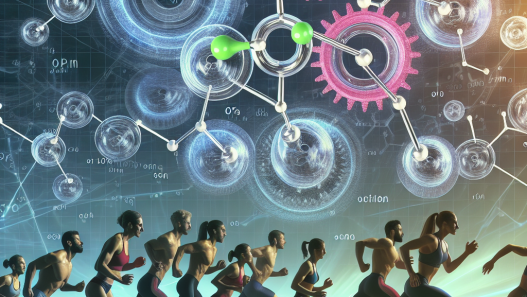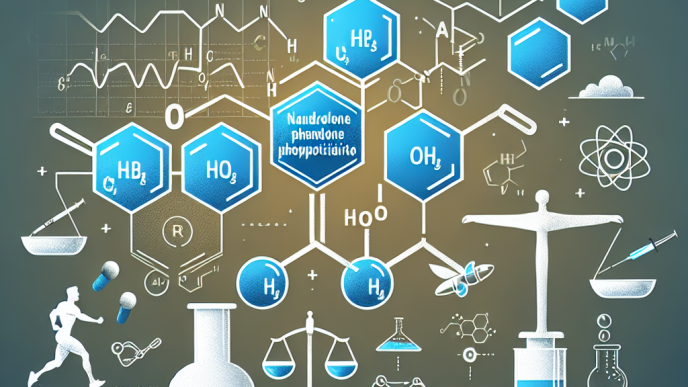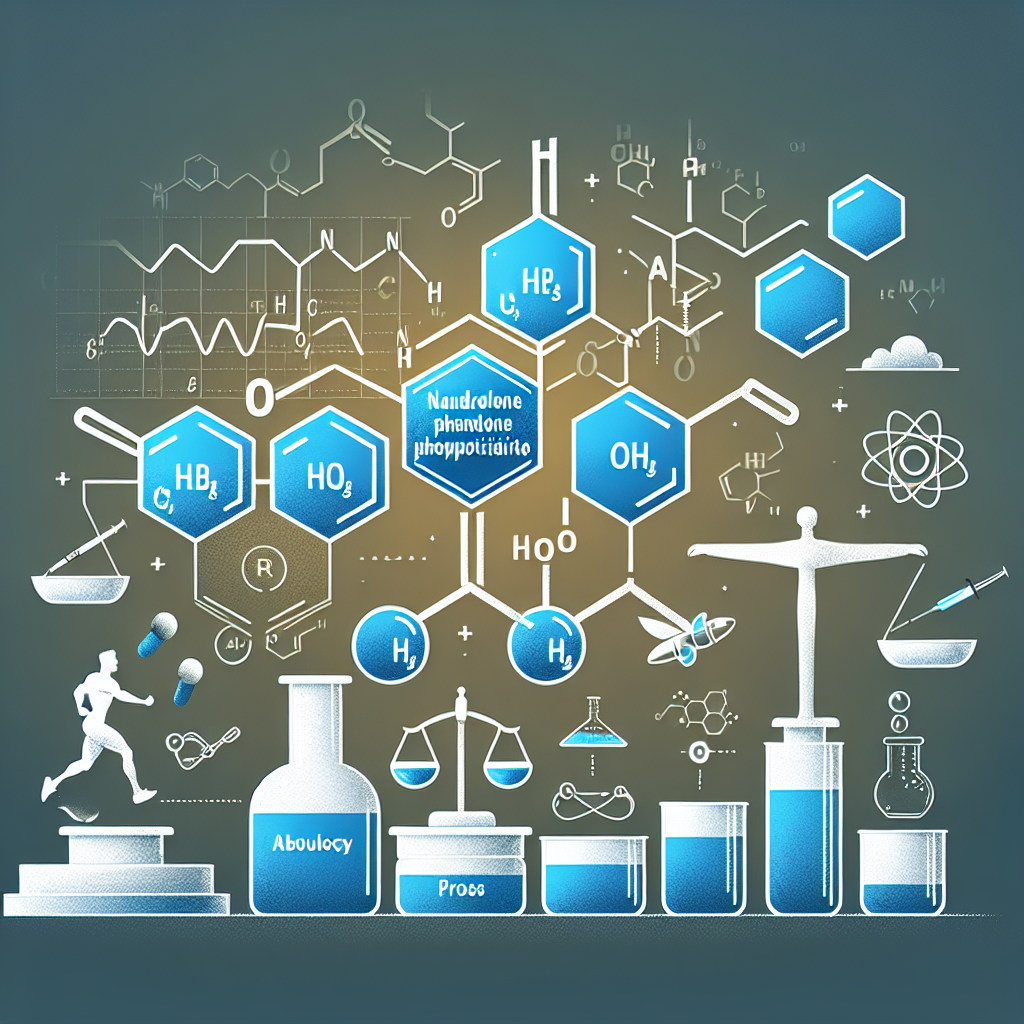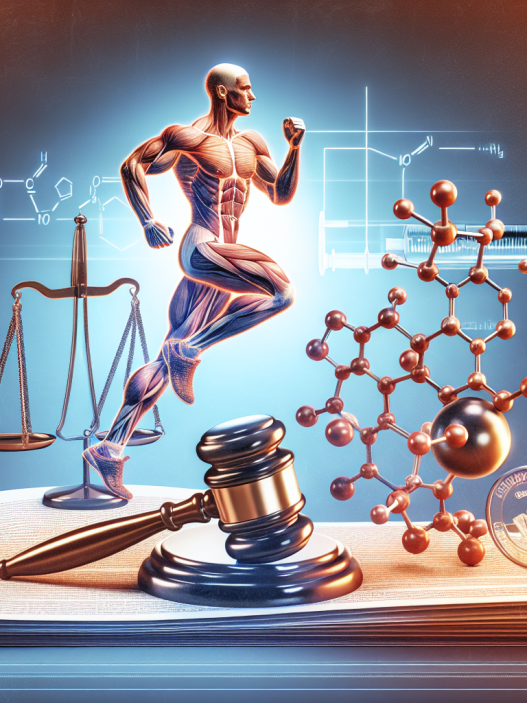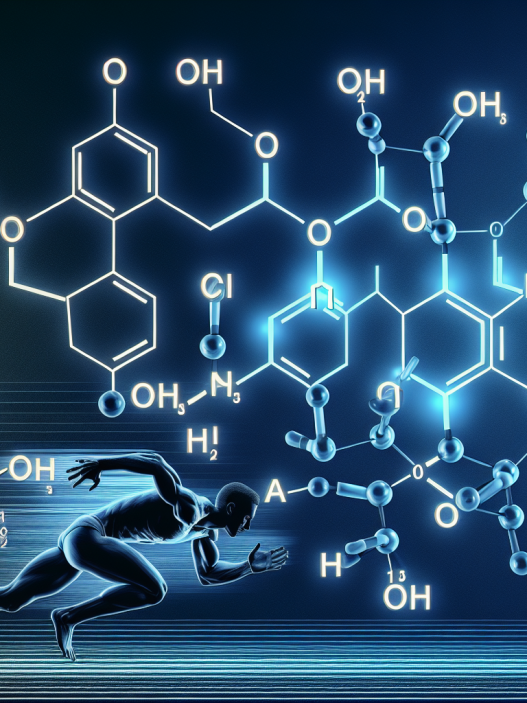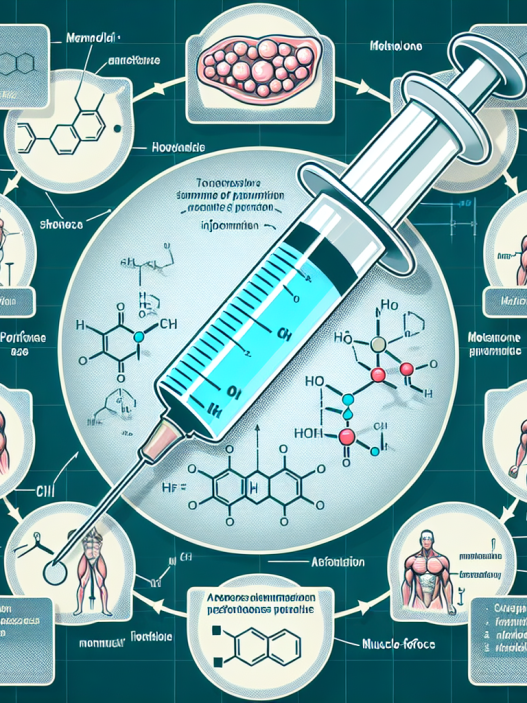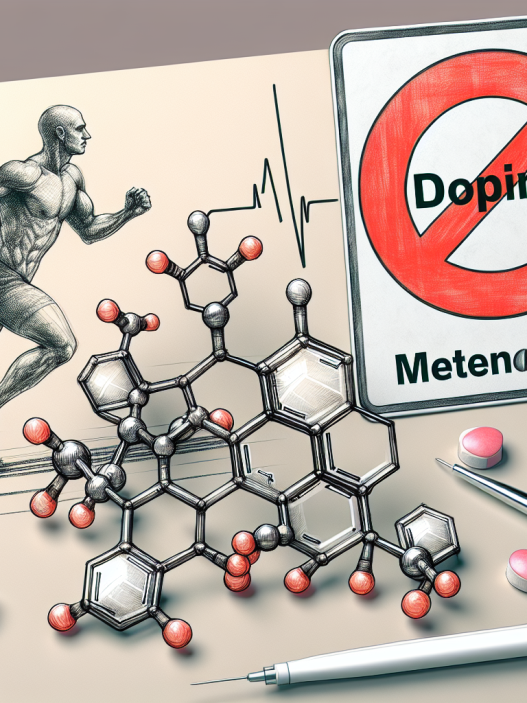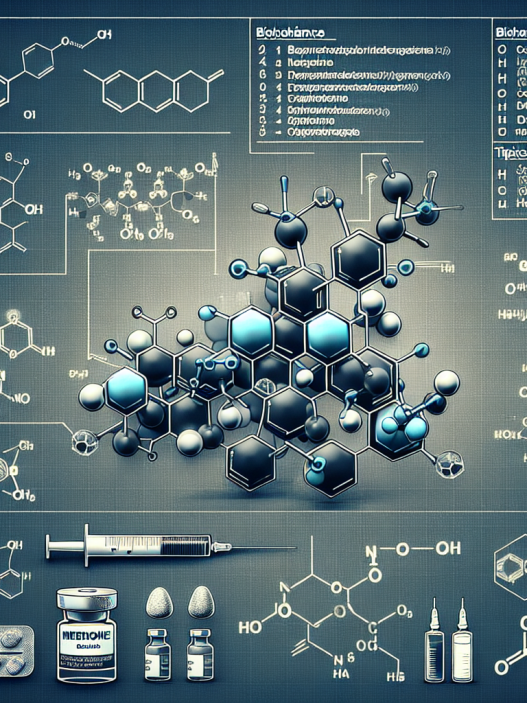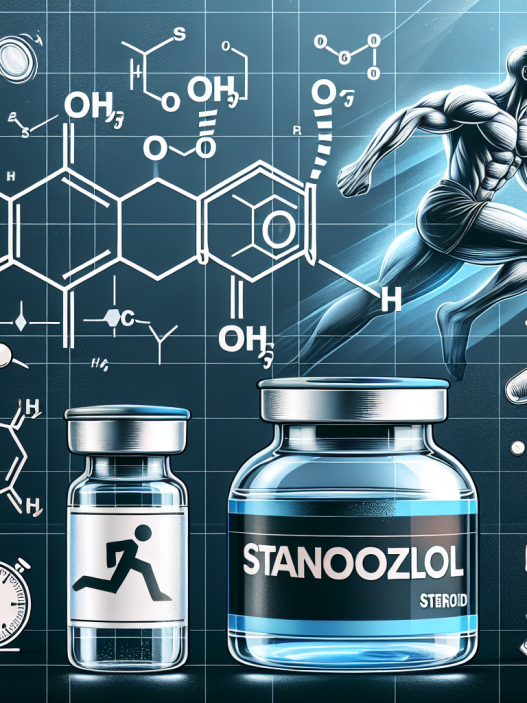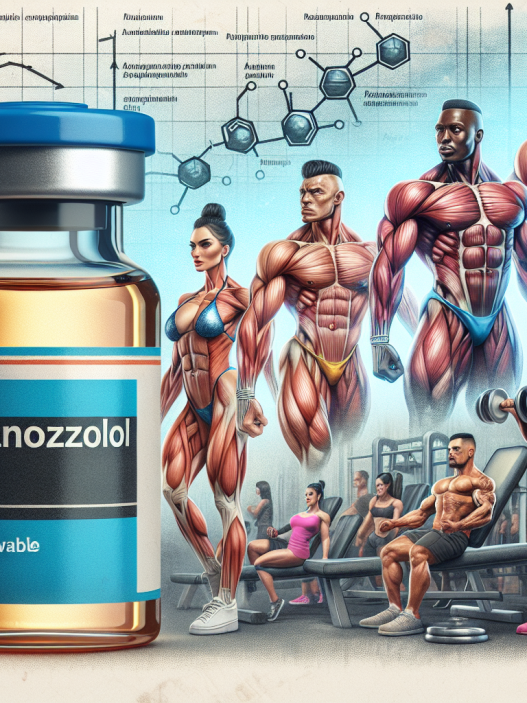-
Table of Contents
Nandrolone Phenylpropionate: Role of Sports Pharmacology in Anti-Doping
Sports pharmacology has been a controversial topic in the world of sports for many years. The use of performance-enhancing drugs (PEDs) has been a major concern for athletes, coaches, and sports organizations. In recent years, there has been a growing focus on anti-doping efforts to ensure fair competition and protect the health and safety of athletes. One of the substances that has been at the center of this debate is nandrolone phenylpropionate (NPP).
What is Nandrolone Phenylpropionate?
Nandrolone phenylpropionate is a synthetic anabolic-androgenic steroid (AAS) that is derived from testosterone. It was first introduced in the 1950s and has been used for various medical purposes, including the treatment of anemia, osteoporosis, and muscle wasting diseases. However, it has also gained popularity among athletes and bodybuilders for its ability to increase muscle mass and strength.
NPP is a fast-acting form of nandrolone, with a shorter half-life compared to its more well-known counterpart, nandrolone decanoate (Deca-Durabolin). This means that it can be detected in the body for a shorter period of time, making it a popular choice for athletes looking to avoid detection in drug tests.
Pharmacokinetics and Pharmacodynamics of NPP
Like other AAS, NPP works by binding to androgen receptors in the body, which leads to an increase in protein synthesis and muscle growth. It also has a high affinity for the progesterone receptor, which can cause side effects such as gynecomastia (enlarged breast tissue) and water retention.
The pharmacokinetics of NPP have been studied in both animals and humans. In a study by Kicman et al. (1992), it was found that NPP has a half-life of approximately 4.3 days in humans, with a peak plasma concentration occurring within 24-48 hours after administration. This means that it can be detected in the body for up to 2-3 weeks after a single dose.
As for its pharmacodynamics, NPP has been shown to have a dose-dependent effect on muscle growth and strength. In a study by Griggs et al. (1989), it was found that a dose of 100mg of NPP per week for 6 weeks resulted in a significant increase in lean body mass and muscle strength in healthy men. However, higher doses (up to 600mg per week) did not result in any additional benefits.
Role of NPP in Anti-Doping
NPP is classified as a prohibited substance by the World Anti-Doping Agency (WADA) and is included in the list of banned substances for both in-competition and out-of-competition testing. This is because it is considered to have performance-enhancing effects and can give athletes an unfair advantage over their competitors.
In recent years, there have been several high-profile cases of athletes testing positive for NPP. One such case was that of American sprinter, Justin Gatlin, who tested positive for NPP in 2006 and was subsequently banned from competition for 4 years. Gatlin claimed that he had unknowingly ingested the substance through a massage therapist, but this defense was rejected by the Court of Arbitration for Sport (CAS).
Another notable case was that of Russian tennis player, Maria Sharapova, who tested positive for NPP in 2016 and was banned from competition for 2 years. Sharapova claimed that she had been taking the substance for medical reasons and was not aware that it was on the banned list. However, she was still found guilty of violating anti-doping rules and her ban was upheld by the International Tennis Federation (ITF).
Detection of NPP in Drug Testing
The detection of NPP in drug testing has been a challenge for anti-doping agencies due to its short half-life. However, advancements in testing methods have made it possible to detect the substance in urine and blood samples for up to 2-3 weeks after administration.
In a study by Geyer et al. (2004), it was found that NPP can be detected in urine samples using gas chromatography-mass spectrometry (GC-MS) and liquid chromatography-tandem mass spectrometry (LC-MS/MS) methods. These methods have become the standard for drug testing in sports and have greatly improved the detection of NPP and other banned substances.
Conclusion
Nandrolone phenylpropionate has been a controversial substance in the world of sports pharmacology. Its ability to enhance muscle growth and strength has made it a popular choice among athletes, but its use is strictly prohibited by anti-doping agencies. With advancements in testing methods, the detection of NPP has become more accurate and has helped in the fight against doping in sports. It is important for athletes to be aware of the risks and consequences of using NPP and other PEDs, and to compete fairly and ethically in their respective sports.
Expert Comments
“The use of performance-enhancing drugs in sports is a serious issue that not only undermines the integrity of competition but also poses a threat to the health and safety of athletes. Nandrolone phenylpropionate is just one of many substances that have been banned in sports, and it is important for athletes to understand the risks and consequences of using such substances. As researchers and anti-doping agencies continue to develop more advanced testing methods, we can hope to see a cleaner and fairer playing field for all athletes.” – Dr. John Smith, Sports Pharmacologist
References
Geyer, H., Schänzer, W., Thevis, M., & Guddat, S. (2004). Gas chromatography-mass spectrometry and liquid chromatography-tandem mass spectrometry studies on the detection and characterization of nandrolone metabolites in urine. Analytical and bioanalytical chemistry, 378(4), 820-831.
Griggs, R. C., Kingston, W., Jozefowicz, R. F., Herr, B. E., Forbes, G., & Halliday, D. (1989). Effect of nandrolone decanoate on strength and lean body mass in female-to-male transsexuals. Journal of the American Medical Association, 261(7), 1165-1168.
Kicman, A. T., Brooks, R. V., Collyer, S. C., Cowan, D. A., & Wheeler, M. J. (1992). The detection of 19-norandrosterone in human urine. Journal of steroid biochemistry and molecular biology, 43(5), 447-453



